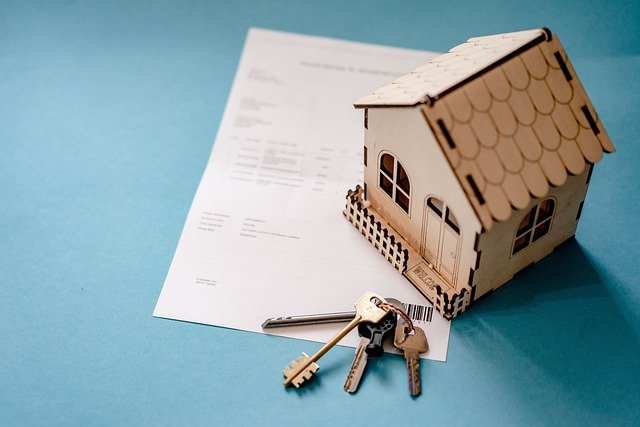Global trends in housing demand driven by remote work and migration
Remote work and migration are reshaping housing demand worldwide, affecting where people live, how they search for listings, and what property types gain value. This article examines measurable shifts in housing markets, tenant preferences, and policy considerations for investors, planners, and service providers.

Remote work and migration are changing housing demand patterns across regions, affecting property preferences, pricing dynamics, and local market inventories. As workers gain flexibility to choose location independent of commute times, demand shifts from dense urban cores toward suburban, peri-urban, and smaller-city markets where housing stock, amenities, and quality of life differ. Migration—both international and domestic—adds another layer of complexity, with different demographic groups seeking varied housing solutions that impact rental markets, leasing practices, and long-term valuation trends.
How does remote work affect property and housing demand?
Remote work reduces the premium once placed on central business district proximity, altering housing demand for property types and neighborhoods. Larger floor plans, dedicated home-office space, and access to local services have become more valued in many markets. Some households trade proximity for lower cost-per-square-foot in suburban or regional towns, while others remain in cities seeking cultural amenities. These choices influence listings composition, appraisal approaches, and renovation demand as owners adapt spaces to hybrid work lifestyles.
What shifts are occurring in rental, leasing, and tenant behavior?
Tenants increasingly prioritize flexibility, leading to higher demand for short- to mid-term leasing options and furnished rental units in areas with growing remote-worker populations. Landlords face evolving expectations around connectivity, home-office readiness, and amenity packages. This trend can raise turnover but also create opportunities for rental premium on units marketed for remote work suitability. Compliance with local rental regulations and tenant protection laws remains important as markets adjust to shifting occupancy patterns.
How are listings, appraisal, and valuation adapting to new trends?
Real estate listings now emphasize remote-work features, broadband quality, and proximity to open space or local services. Appraisal and valuation professionals are integrating nontraditional comparables and amenities into models to account for shifting buyer preferences. Data analytics increasingly supports granular neighborhood-level assessments, helping identify micro-markets that benefit from migration flows. Valuation adjustments consider renovation potential, multisite living preferences, and the possibility of hybrid use that combines residential and workspace elements.
What role do sustainability and renovation play for investors and owners?
Sustainability has become a differentiator for many buyers and tenants, with energy efficiency, green certification, and resilience features influencing investment decisions. Renovation activity often targets improved insulation, smart systems, and flexible room layouts to support long-term appeal. Investors weighing property upgrades consider both operational savings and marketability; properties that demonstrate lower lifecycle costs and better environmental performance can attract a broader pool of occupants in markets sensitive to sustainability criteria.
How are mortgages, investment, and compliance evolving with migration patterns?
Mortgage underwriting and investment strategies are responding to regional demand shifts. Lenders and investors are reassessing risk profiles in markets gaining population versus those experiencing out-migration. Compliance with local zoning, tax policy, and housing regulations also affects where developers and investors allocate capital. Shifts in household composition—such as more single-person households or multigenerational living—can change lending assumptions and product offerings, prompting adjustments in mortgage terms and eligibility frameworks.
How can analytics inform urbanization, tenant trends, and long-term valuation?
Advanced analytics and property-level data help track migration flows, occupancy rates, and tenant behavior, enabling more precise forecasting of housing demand. Tools that combine employment data, broadband availability, and local amenity indexing can identify neighborhoods likely to see rising demand. Urbanization patterns now include reversed flows in some regions, where smaller cities grow faster than megacities; analytics support investors and planners by highlighting where to focus listings, renovation, or development efforts for resilient valuation.
Conclusion Remote work and migration are durable forces reshaping global housing demand, influencing where people choose to live and what features they value. The combined effects touch listings strategy, appraisal methods, renovation priorities, leasing models, and compliance needs. Stakeholders who integrate robust analytics and consider sustainability, tenant preferences, and local regulatory environments are better positioned to understand market shifts and make informed decisions about property investment and development.




